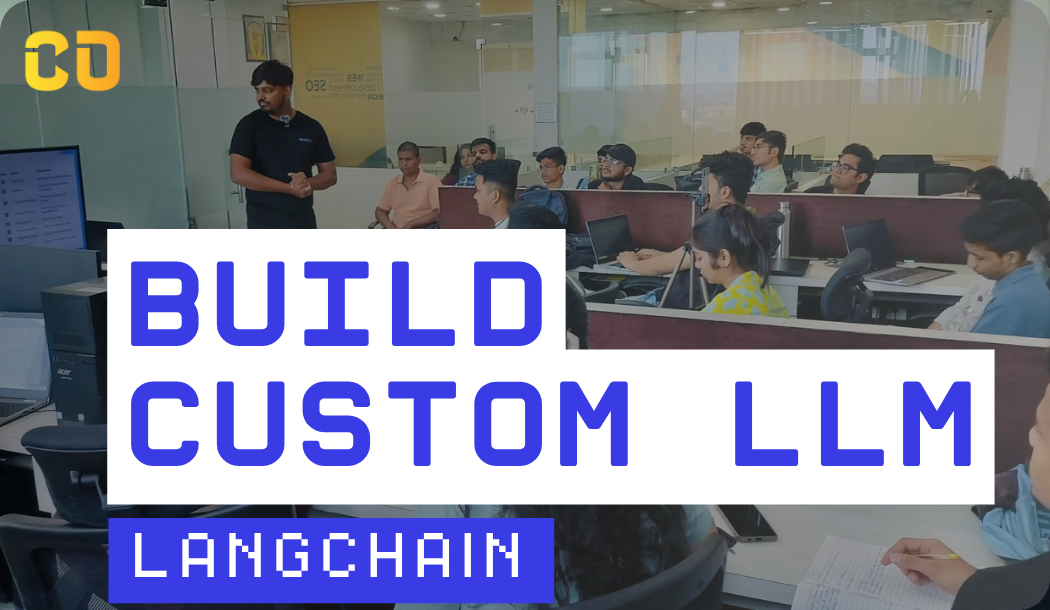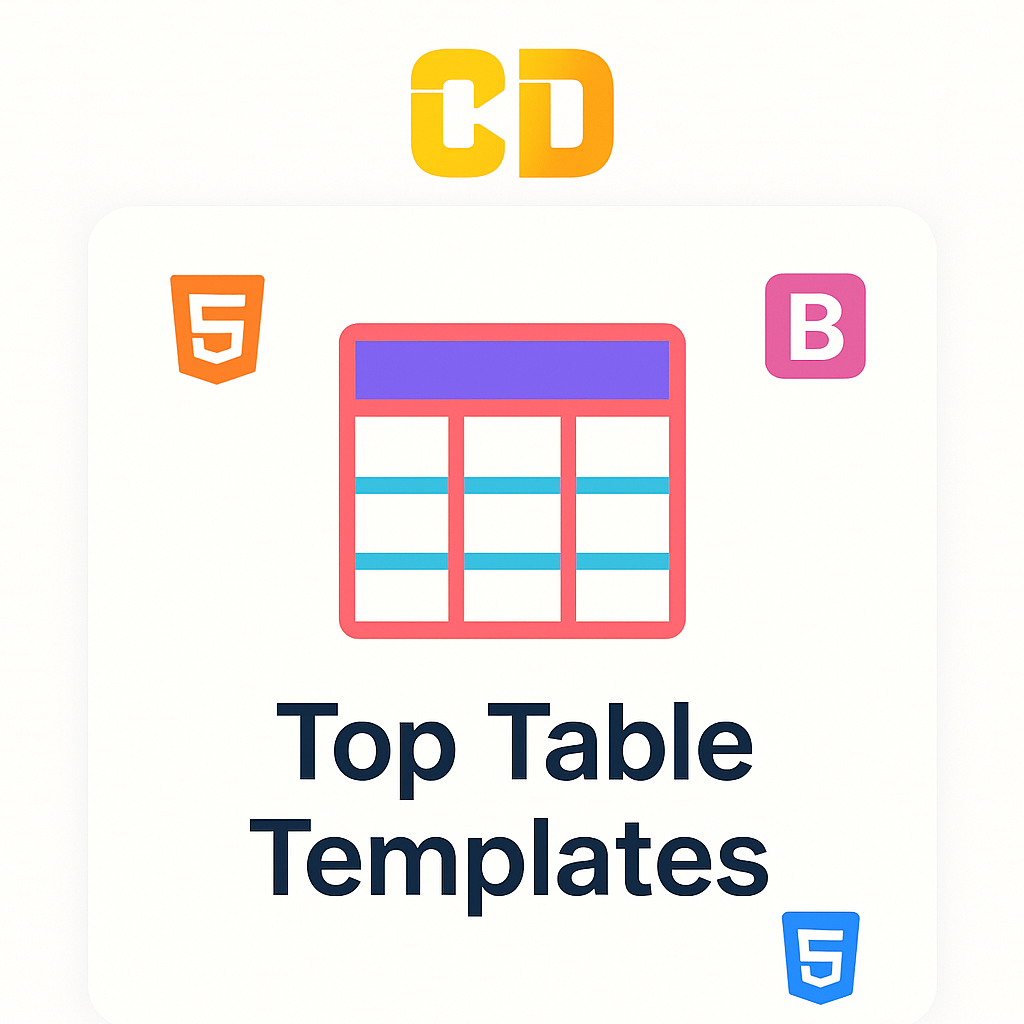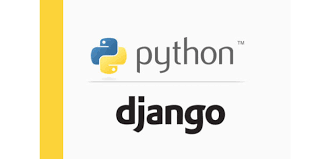Web development is a dynamic field that combines creativity and technical skills. Wipro, a leading global technology services provider, frequently interviews candidates for Web Developer positions. This blog outlines the top 20 interview questions along with detailed answers to help you prepare effectively.
1. What is the difference between HTML and HTML5?
HTML5 is the latest version of HTML, offering new features and enhancements over its predecessor, such as:
- New semantic elements (e.g.,
<article>,<section>,<header>,<footer>). - Native support for audio and video elements (
<audio>,<video>). - Improved form controls (e.g.,
<input type="date">,<input type="email">).
2. What are CSS preprocessors? Name a few.
CSS preprocessors are scripting languages that extend CSS with additional features such as variables, nesting, and mixins. Some popular CSS preprocessors include:
- Sass: Syntactically Awesome Style Sheets.
- LESS: Leaner Style Sheets.
- Stylus: A robust CSS preprocessor.
3. How do you optimize a website's performance?
Website performance optimization techniques include:
- Minifying CSS and JavaScript: Reducing file sizes by removing unnecessary characters.
- Image Optimization: Compressing images without sacrificing quality.
- Browser Caching: Storing files in the user’s browser to speed up load times on subsequent visits.
- Lazy Loading: Loading images and resources only when they are needed.
4. Explain the CSS Box Model.
The CSS Box Model describes the rectangular boxes generated for elements in the document tree and consists of:
- Content: The actual content of the box (text, images).
- Padding: Space between the content and the border.
- Border: A boundary around the padding and content.
- Margin: Space outside the border separating the element from other elements.
5. What is responsive web design?
Responsive web design is an approach to web development that ensures web pages render well on a variety of devices and screen sizes. It involves using flexible grids, layouts, and CSS media queries to adapt the layout to the viewing environment.
6. What are RESTful APIs, and how do they work?
RESTful APIs are web services that adhere to the principles of Representational State Transfer (REST). They allow communication between clients and servers using standard HTTP methods (GET, POST, PUT, DELETE) to perform CRUD (Create, Read, Update, Delete) operations on resources.
7. What is the purpose of using version control systems?
Version control systems (like Git) allow developers to track changes to code, collaborate on projects, and manage different versions of a project efficiently. They provide features like branching, merging, and reverting to previous versions.
8. How do you handle cross-browser compatibility issues?
To ensure cross-browser compatibility, developers can:
- Use CSS resets or normalize stylesheets to reduce inconsistencies.
- Test the application in various browsers and devices.
- Utilize feature detection libraries like Modernizr.
- Use vendor prefixes for CSS properties that require them.
9. What are some common security concerns in web development?
Common security concerns include:
- Cross-Site Scripting (XSS): Injecting malicious scripts into web pages.
- SQL Injection: Exploiting vulnerabilities in SQL queries to access or manipulate databases.
- Cross-Site Request Forgery (CSRF): Forcing users to execute unwanted actions on a different website.
10. Explain the concept of web accessibility.
Web accessibility refers to designing web content that can be accessed by all users, including those with disabilities. It involves following guidelines such as the Web Content Accessibility Guidelines (WCAG) to ensure content is perceivable, operable, understandable, and robust.
11. What is the difference between front-end and back-end development?
- Front-End Development: Involves building the user interface and user experience of a website using technologies like HTML, CSS, and JavaScript.
- Back-End Development: Focuses on server-side logic, database interactions, and application functionality, often using languages like Python, Ruby, PHP, or Java.
12. What are some popular front-end frameworks?
Some popular front-end frameworks include:
- React: A JavaScript library for building user interfaces.
- Angular: A platform for building mobile and desktop web applications.
- Vue.js: A progressive framework for building user interfaces.
13. How do you ensure your code is maintainable?
To ensure code maintainability, developers should:
- Use consistent naming conventions and coding standards.
- Write modular code with reusable components.
- Document code and include comments explaining complex logic.
- Conduct regular code reviews to identify areas for improvement.
14. What is the role of a content management system (CMS)?
A content management system (CMS) allows users to create, manage, and modify digital content on a website without requiring specialized technical knowledge. Popular CMS platforms include WordPress, Joomla, and Drupal.
15. How do you debug JavaScript code?
JavaScript debugging techniques include:
- Using browser developer tools to inspect elements and view console logs.
- Setting breakpoints in the debugger to pause code execution and inspect variable values.
- Utilizing console methods like
console.log(),console.error(), andconsole.warn()to track the flow of execution.
16. What is a CDN, and why is it used?
A Content Delivery Network (CDN) is a distributed network of servers that deliver web content to users based on their geographic location. CDNs improve website performance and reliability by reducing latency and providing redundancy.
17. Explain the importance of mobile-first design.
Mobile-first design prioritizes designing for smaller screens first and progressively enhancing the experience for larger screens. This approach ensures that the website is accessible and user-friendly on mobile devices, which are increasingly used for browsing.
18. What is AJAX, and how does it work?
AJAX (Asynchronous JavaScript and XML) is a technique for creating asynchronous web applications. It allows web pages to send and receive data from a server without reloading the entire page, enhancing user experience and performance.
19. How do you handle form validation?
Form validation can be handled through:
- Client-Side Validation: Using JavaScript to validate user input before submission.
- Server-Side Validation: Validating input on the server to ensure data integrity and security.
- Utilizing HTML5 validation attributes (e.g.,
required,pattern) for basic validation.
20. What are Progressive Web Apps (PWAs)?
Progressive Web Apps (PWAs) are web applications that provide a native app-like experience to users. They are built using standard web technologies and offer features such as offline access, push notifications, and the ability to be installed on a user's device.
Conclusion
Preparing for a Web Developer interview at Wipro requires a solid understanding of both front-end and back-end technologies. Familiarizing yourself with these questions and answers will enhance your confidence and readiness for the interview.
Best of luck!








Add a comment: